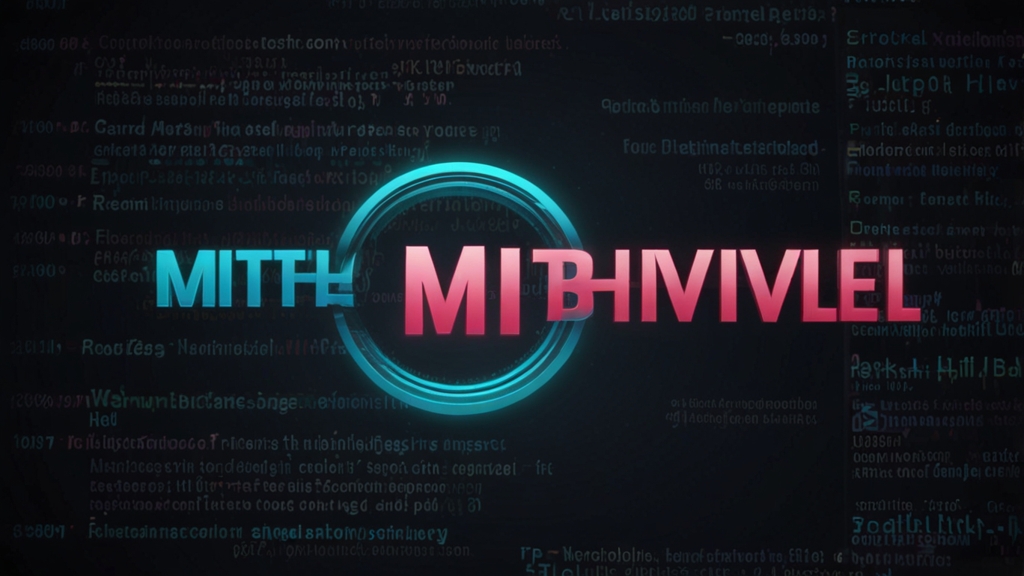Dare to Dive: The Most Common HTML Myths Debunked
HTML (HyperText Markup Language) is the cornerstone of web development. It lays the foundation for structuring content on the web. Despite its significance, several misconceptions about HTML float around, deterring newcomers and sometimes even misleading seasoned developers. In this article, we will debunk some of the most common HTML myths and clarify the truths hidden behind these misconceptions.
Myth 1: HTML is a Programming Language
One of the most widespread myths is that HTML is a programming language. This often leads to confusion, particularly among beginners. Let's set the record straight:
HTML is not a programming language; it is a markup language used for structuring and presenting content on the web.
Programming languages like JavaScript or Python process logic and perform computations. In contrast, HTML defines the structure of web pages, allowing browsers to interpret and display the content correctly. Understanding this distinction is crucial for anyone stepping into the world of web development.
Myth 2: HTML is All You Need for Web Development
Another prevalent myth is the belief that mastering HTML is sufficient for building full-fledged websites. While HTML is fundamental, modern web development relies on a trio of core technologies:
- HTML for structure
- CSS (Cascading Style Sheets) for styling
- JavaScript for interactivity
Relying solely on HTML limits the functionality and visual appeal of a website. CSS and JavaScript are essential companions to HTML, enabling developers to create engaging and dynamic web experiences. Ignoring these technologies is a surefire way to fall short of modern web development standards.
Myth 3: Inline Styles are the Best Way to Style HTML
Some developers, especially those new to web design, might believe that using inline styles is the optimal approach for styling HTML elements. However, inline styles have significant drawbacks, including:
- They cannot be reused, leading to redundancy and a bloated codebase.
- They make maintaining and updating styles cumbersome.
External CSS files or internal CSS within the <head> section are recommended for better maintainability and scalability.
By employing external stylesheets, you can keep your HTML clean and your styles organized, making your code more efficient and easier to manage.
Myth 4: HTML5 is Completely Different from HTML4
With the introduction of HTML5, many believed it rendered HTML4 obsolete and demanded a complete relearning of HTML. While HTML5 does bring new elements, attributes, and features, it is built on the foundation of HTML4 and earlier versions.
HTML5 expands and improves upon what already existed, offering enhanced functionality while maintaining backward compatibility.
The new elements like <article>, <section>, and <header> offer semantic structure, making the web more accessible and improving SEO. Developers are encouraged to adopt HTML5 practices gradually, without fearing obsolescence of past knowledge.
Myth 5: Closing Tags are Always Optional
There is a misconception that you can freely omit closing tags in HTML. While some elements, known as void elements (e.g., <br>, <hr>, <img>), do not require closing tags, others do:
Always refer to HTML specifications to determine which elements require closing tags to avoid rendering issues.
Ensuring proper tag closure maintains the integrity of your HTML document and prevents unexpected behavior in different browsers.
Conclusion
HTML is an essential skill for web developers, but misconceptions can create unnecessary obstacles. By debunking these common HTML myths, we hope to provide clarity and encourage a deeper understanding of this crucial technology. Remember, HTML is your tool for structuring content, and mastering it alongside CSS and JavaScript will set the foundation for building successful, modern websites.








